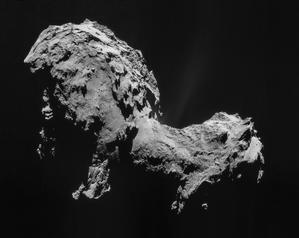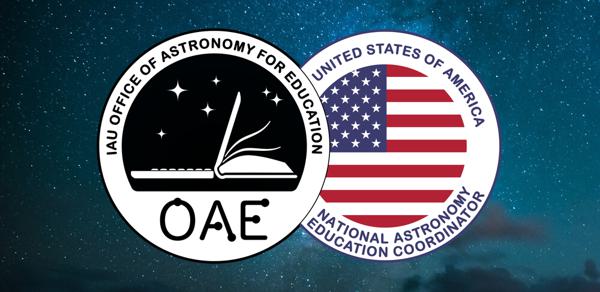Glossary term: Núcleo del cometa
Description: Es la estructura interna y sólida de un cometa. Se trata de un objeto similar a una bola de hielo sucia, formado por hielo y partículas rocosas y polvorientas. Sus componentes más destacados son: agua, amoníaco, dióxido de carbono, metano y silicatos. Este núcleo cometario cambia cuándo se acerca a su estrella. De allí que los hielos superficiales se subliman formando una especie de atmósfera a su alrededor, conocida como coma, a la vez que pierde materiales rocosos arrojados mientras completa su órbita alrededor de la estrella.
Related Terms:
See this term in other languages
Term and definition status: The original definition of this term in English have been approved by a research astronomer and a teacher The translation of this term and its definition is still awaiting approval
The OAE Multilingual Glossary is a project of the IAU Office of Astronomy for Education (OAE) in collaboration with the IAU Office of Astronomy Outreach (OAO). The terms and definitions were chosen, written and reviewed by a collective effort from the OAE, the OAE Centers and Nodes, the OAE National Astronomy Education Coordinators (NAECs) and other volunteers. You can find a full list of credits here. All glossary terms and their definitions are released under a Creative Commons CC BY-4.0 license and should be credited to "IAU OAE".
If you notice a factual or translation error in this glossary term or definition then please get in touch.
Related Media
Comet 67P/Churyumov-Gerasimenko
Credit: ESA/Rosetta/NAVCAM credit link
License: CC-BY-SA-3.0-IGO Creative Commons Attribution-ShareAlike 3.0 IGO icons









